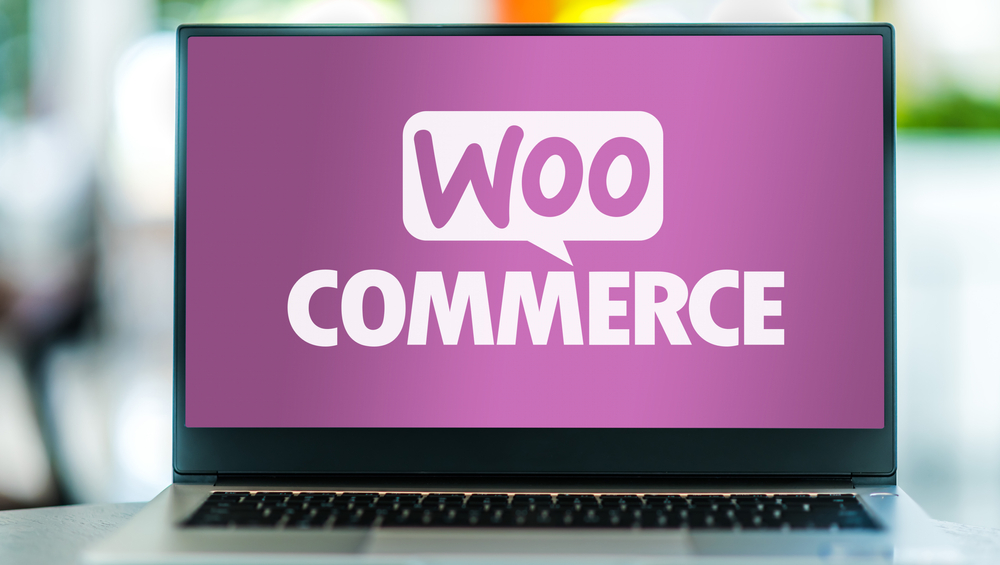Developing an ecommerce shipping strategy is a key part of growing an online store. The shipping process and pricing impact the customer experience, the conversion rate, and overall sales. Neglecting to create an ecommerce shipping strategy could result in missed sales opportunities.
A shipping pricing strategy is a marketing tactic that could either attract or repel customers. Low-cost (or free), convenient shipping will foster a sense of loyalty, while high shipping costs increase the risk of cart abandonment. It will take some time — and trial and error — to find the right strategy for your business
How to Determine Shipping Costs
Before creating an ecommerce shipping strategy, small business owners need to answer the following questions:
- How much does it cost to produce a product?
- How much does packaging cost?
- How much has the business spent on shipping costs over the last 12 months?
- What should the profit margin be?
- How will the shipping pricing strategy affect my sales and profits?
Discovering the answers to these questions will help business owners identify the factors impacting shipping costs and the profits necessary to stay in business.
6 Ecommerce Shipping Strategies to Consider
One survey found that 64% of shoppers abandon their carts due to high shipping costs. But on the other hand, 70% of shoppers are willing to spend more with a merchant if they received free shipping with a minimum purchase order.
Competition among online businesses is growing, with ecommerce giants offering free shipping. Small businesses will need to get creative in attracting and converting clients.
The best ecommerce shipping strategy for an online business will depend on its size, geographic reach, and shipping capabilities. The following popular shipping pricing options can help small businesses excel in the online marketplace.
1. Store Pickup
Most small businesses with a storefront will want to have this option available to customers living within a set of zip codes near the store. During the checkout process, customers input their zip code to identify a nearby store that carries the product(s) they are looking for. This option is great for businesses with numerous physical locations.
2. Free Shipping
Free shipping is covered by slightly raising the price of goods to build in the shipping cost. Customers don’t want to pay for shipping because they see it as an empty cost. But they won’t mind paying a few extra dollars for the product. It’s a subtle shipping pricing strategy that can help businesses reduce their rate of cart abandonment.
3. Flat Rate Shipping
Flat rate shipping keeps the cost of shipping stable across all purchases. This is a good option for businesses selling products of a consistent size and weight. Flat rate shipping makes customers more inclined to add more products to their carts.
4. Table Rate Shipping
The cost of shipping is determined by the geographic location of the customer. Customers in particular locations know that the shipping cost will always be the same. For example, shipping to San Francisco might cost $4, but shipping to Dallas might cost $7. This predictable rate of shipping eliminates the risks of surprise shipping costs near the end of the checkout process.
5. Live rates
Businesses selling heavy products should consider offering live real-time rates, which are provided by their shipping carrier based on product weight and delivery window.
6. Mix & Match
To encourage greater spending, businesses can offer free shipping after customers reach a certain dollar amount. For example, a retailer might charge $7 for shipping for orders under $50, but offer free shipping for orders totaling $50 and more. Businesses can also mix live rates with flat rate shipping, depending on the product.
WooCommerce Shipping Plugins
WooCommerce is a great platform built on WordPress that can help businesses quickly set up an online store and customize their sales funnel. A good website design company will discuss your ecommerce shipping strategy and determine the right plugins to use for your store. WooCommerce integrates with a variety of shipping plugins, including:
WooCommerce ShipStation Integration
-
- Highly customizable for businesses of all sizes
- Integrates with the ShipStation mobile app for Android and iOS
-
- Simple user interface that doesn’t require coding
- Supports unlimited shipping methods
Table Rate for WooCommerce by Flexible Shipping
-
- Logged-in customers can see specific shipping methods
- Costs may be added based on cart total and weight
Conditional Shipping for WooCommerce
-
- Disable shipping methods for certain conditions
- Integrates with existing shipping methods and zones
Flat / Table Rate Shipping for WooCommerce
-
- Create a variety of shipping methods based on product, category, country, and quantity
- Calculate tax for each shipping method
WooCommerce Weight Based Shipping
-
- Set up shipping rules depending on order destination, weight, and subtotal ranges
- Set up a progressive shipping rate or flat rate, depending on total cart weight




